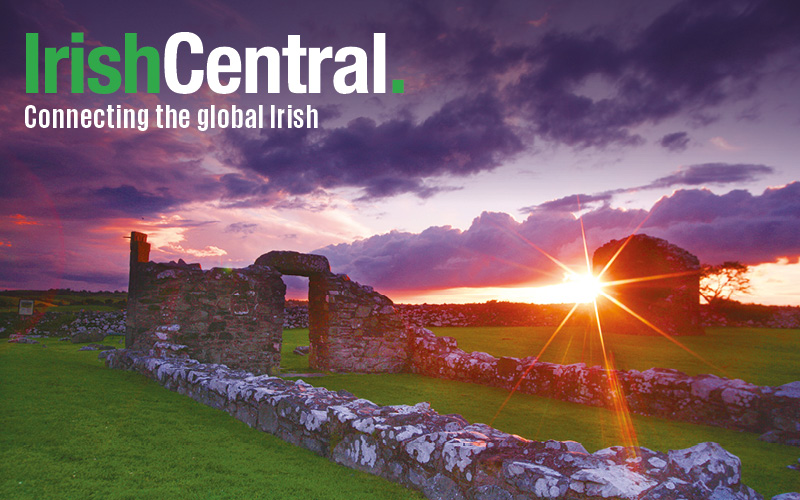August 1973 saw a strange and dramatic headline about a group of Satanists who had sailed to Belfast Lough’s Copeland Islands island in the middle of the night to conjure up a demon and perform sexual rituals. Four dead sheep were found as evidence of sinister sacrifice.
Just weeks later, the burned and mutilated body of ten-year-old Brian McDermott was found in Belfast’s Lagan River, sparking rumors of black magic and ritual killing in all the newspapers in Northern Ireland.
“Black Magic and Bogeymen” by Northern Irish author Richard Jenkins explores this chilling episode, and all of the sinister actions occurring across Northern Ireland during The Troubles. Jenkins spent forty years researching and collecting his information.
“Our understanding of The Troubles will never be quite the same again,” Jenkins told IrishCentral in an interview.
“The book peels back the veneer of the things we know and exposes so much weirdness, sheer weirdness,” he said. “Banshees in the middle of Belfast, protestant preachers preaching that the end of the world was nigh.”
In a recent press release, Jenkins said that “the British Sunday papers regularly printed stories about Satanism and similar shenanigans across the water, and any good bookshop had more books on the occult than you could shake a broomstick at.”
The British Army apparently had a secret ‘black propaganda’ unit as well, based in Lisburn, that tried to put the fear of God into the masses by mocking up ‘black mass’ sites in Newry and in north Belfast.
Jenkins’s book, published last year by Cork University Press, explores the strange world of folk belief, religion, fear and manipulation that went on during the Troubles. A time when occultists and evildoers ran rampant in the streets, and soon swept under the rug.
In addition to black magic, bogeymen and political upset, a massive cultural change was occurring as well: “Sex, drugs and rock and roll,” Jenkins said. “I’m looking at the Troubles in another context.”
To learn more about "Black Magic and Bogeymen," visit the Cork University Press website.
* Originally published in 2015.




Comments